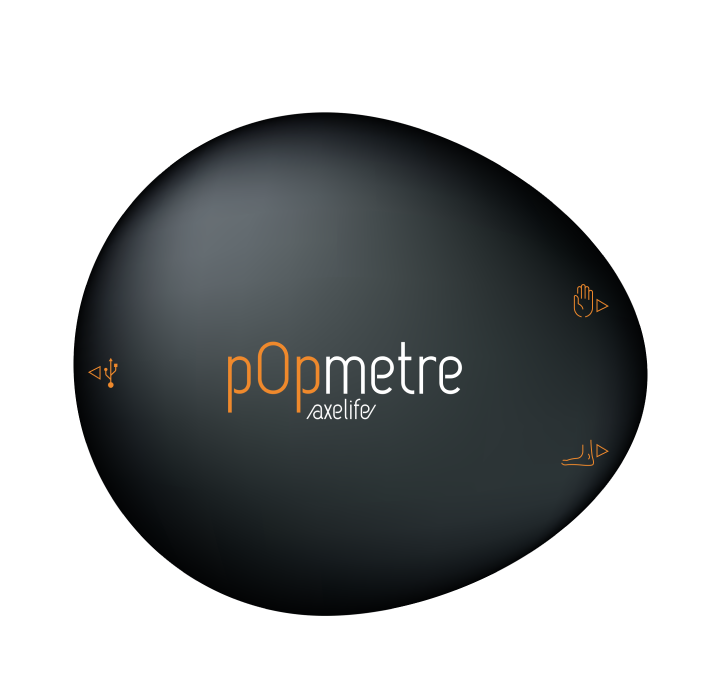Cardiovascular Diseases: The Storm Is Coming!
The landscape of cardiovascular diseases in the United States is witnessing the arrival of an almost perfect storm. The last decade has seen an increase in cardiovascular risk factors such as uncontrolled high blood pressure, diabetes, and obesity, each of which raises the risk of developing heart disease and stroke, stated Dr. D. Kazi, head of health economics and associate director of the Richard A. and Susan F. Smith Center for Outcomes Research in Cardiology and director of the cardiac intensive care unit at Beth Israel Deaconess Medical Center in Boston.
Cardiovascular Diseases: A Growing Burden
Cardiovascular diseases (CVD) remain the leading cause of global mortality, a reality that underscores the urgency to innovate in how we diagnose, prevent, and treat them.
Recent scientific studies and technological advances such as the pOpmeter® are at the heart of this transformation, promising to radically change our approach to cardiovascular health
On the occasion of the centennial of the American Heart Association, founded in 1924, the AHA has published two reports to project the prevalence and consequences of cardiovascular diseases in the United States by 2050.
According to forecasts by the American Heart Association (AHA) reported by Kazi et al. (2024), healthcare spending related to CVD in the United States is expected to nearly quadruple by 2050, rising from $393 billion in 2020 to nearly $1490 billion, and productivity losses will increase by 54%, from $234 billion to $361 billion.
This staggering increase is mainly due to the worsening of traditional risk factors such as hypertension, diabetes, and obesity, as well as the aging population.
Joynt Maddox and colleagues (2024), in a second report from the AHA, also highlight that the increasing prevalence of CVD among minority and underrepresented populations represents a particular challenge, requiring innovative, more targeted, and inclusive public health strategies.
A More Personalized Approach to Cardiovascular Diseases
This demographic dimension demands a more personalized and tailored approach for each community, recognizing and addressing the socioeconomic disparities that influence access to healthcare. The figures in the United States are unequivocal and underscore, if necessary, the impact of hygienic-dietary behaviors on these cardiovascular diseases:
It is estimated that the prevalence of hypertension among adults will increase from 51.2% in 2020 to 61.0% in 2050. Diabetes (16.3% to 26.8%) and obesity (43.1% to 60.6%) will increase, while hypercholesterolemia will decrease (45.8% to 24.0%).
The prevalence of poor dietary habits, insufficient physical activity, and smoking is expected to improve, while the lack of sleep will worsen.
The prevalence of coronary artery disease, heart failure, strokes, atrial fibrillation, and total cardiovascular diseases will increase. Clinical cardiovascular diseases will affect 45 million adults and cardiovascular diseases, including hypertension, will impact over 184 million adults by 2050. The AHA has even developed a graphic circle to evoke the 8 essential elements for cardiovascular health.
These reports are complemented by the recent publication of the WHO's first detailed report on the disastrous consequences of high blood pressure and ways to combat it. The report reveals that about 80% of hypertensive individuals are not properly treated, but that expanding treatments could prevent 76 million deaths between 2023 and 2050.
Hypertension affects one in three adults worldwide and is responsible for many serious diseases. Prevention, early detection, and effective management of hypertension are cost-effective and essential interventions to improve public health. In this context, measuring pulse wave velocity, the gold standard for measuring arterial stiffness, is essential, particularly in hypertensive patients, to evaluate and prevent the risk of organ damage (ESH Recommendations 2023) and target organ damage due to cardiovascular risk factors.
The pOpmeter®: A Tool for Change
At the heart of this new era of medical technology lies the pOpmeter®, a Class IIa medical device capable of measuring pulse wave velocity. This measurement is crucial as it allows for the assessment of arteriosclerosis (arterial stiffness), an independent and powerful biomarker in the evaluation and prevention of serious cardiovascular events. The value of the pOpmeter® lies in its ability to provide rapid, non-invasive, and operator-independent information on a patient’s vascular health, enabling physicians to detect early signs of cardiovascular risk well before the onset of clinical symptoms.
Early diagnosis is essential for implementing personalized prevention strategies, potentially reducing long-term healthcare costs by avoiding expensive complications. The pOpmeter® not only helps identify the most at-risk patients but also guides clinical interventions, including the adjustment of therapeutic regimens and the promotion of beneficial behavioral changes such as improving diet and physical activity.
Expressing the result of the pulse wave velocity measurement in terms of arterial age is also a powerful tool both for the healthcare provider to optimize communication with the patient and for the patient to make decisions about their lifestyle and behaviors.
Publications and studies clearly illustrate that we are at a turning point in the fight against cardiovascular diseases, with a need to innovate in the strategies to be implemented to support better identification of those most at risk and to promote non-medical interventions to improve prevention.
The pOpmeter® represents a significant advance in our ability to prevent these diseases more effectively and targeted by highlighting a new biomarker with powerful predictive power on cardiovascular morbidity and mortality. It also contributes to improving caregiver/patient communication, which is a major issue in managing cardiovascular diseases.
You are as old as your arteries… and now you can measure it!
